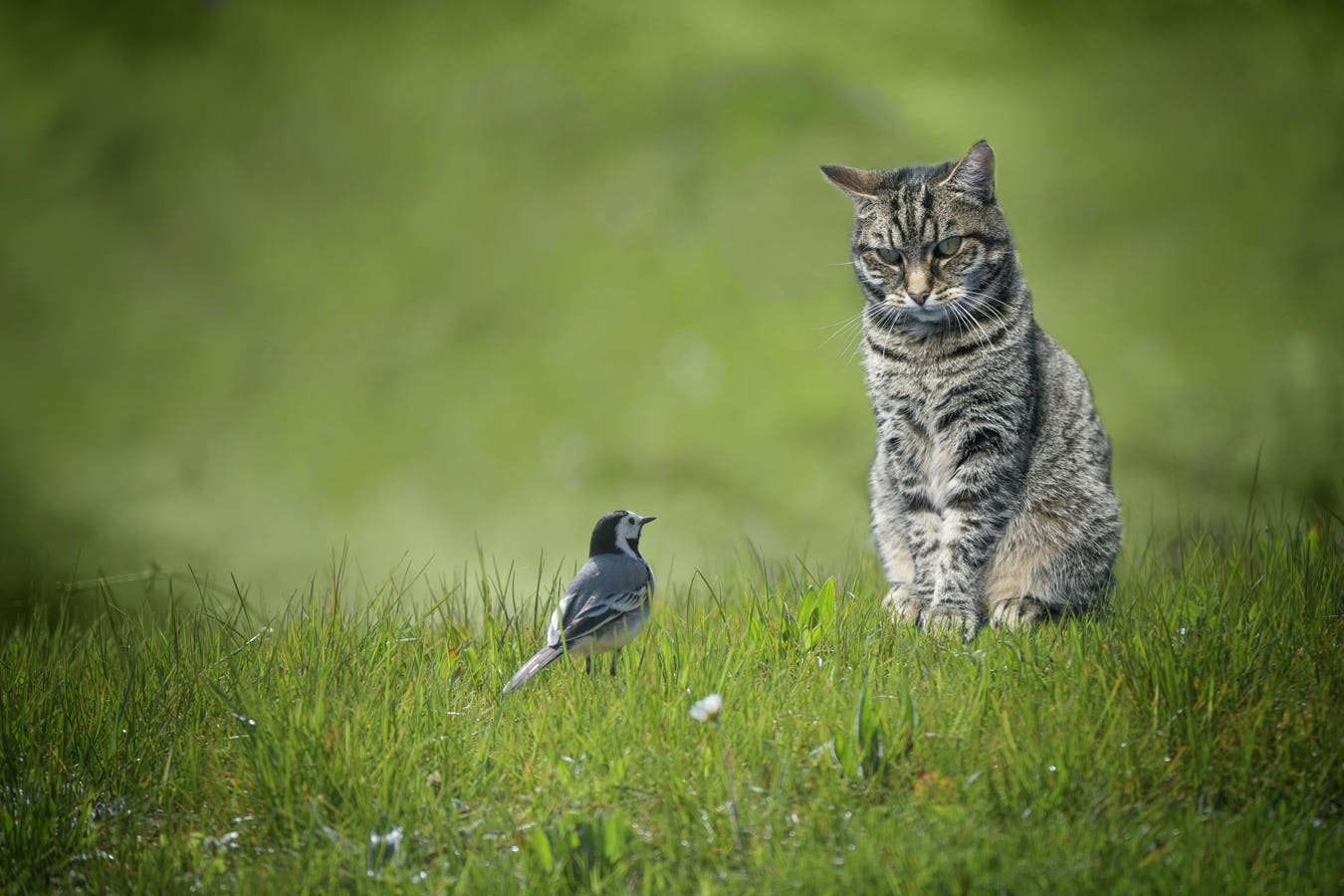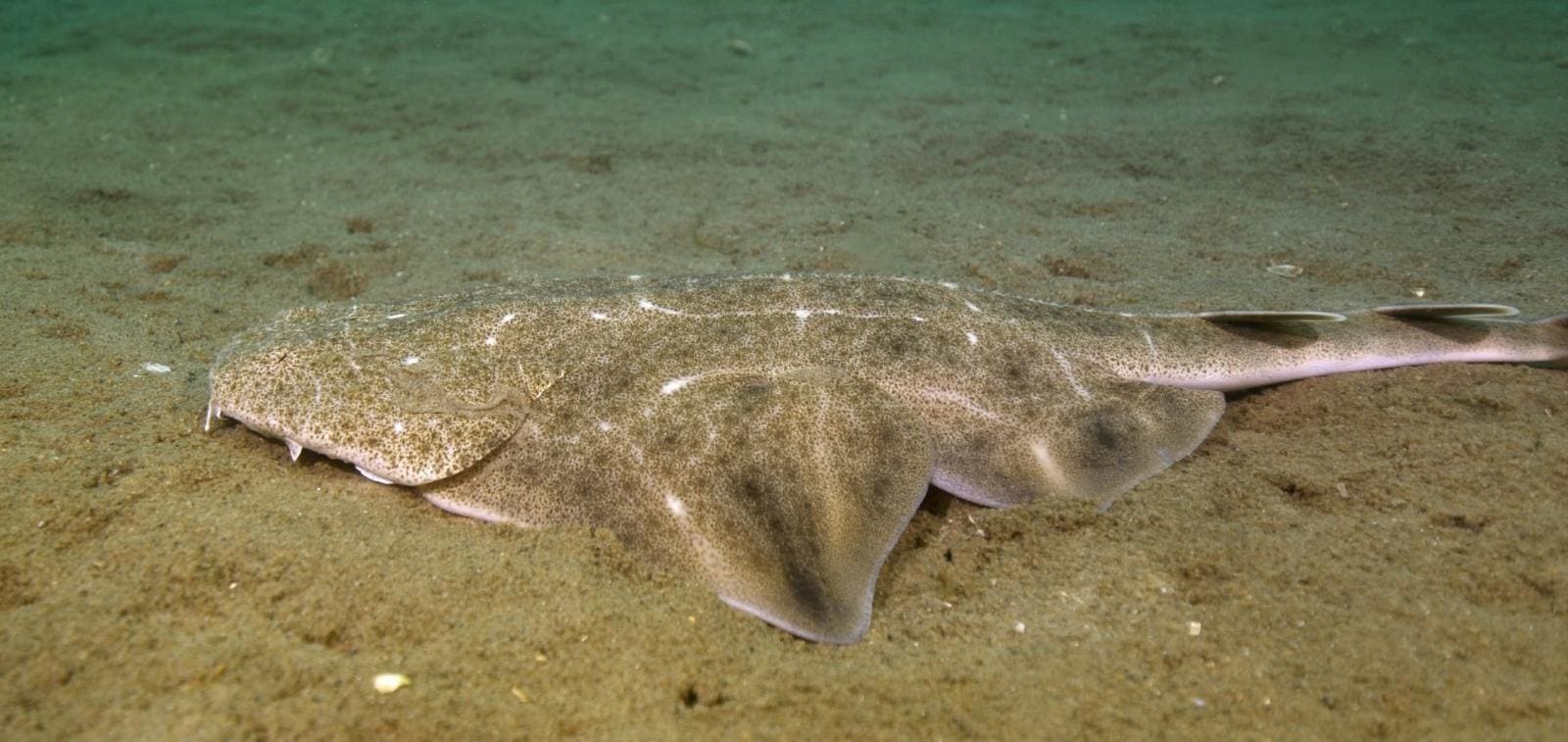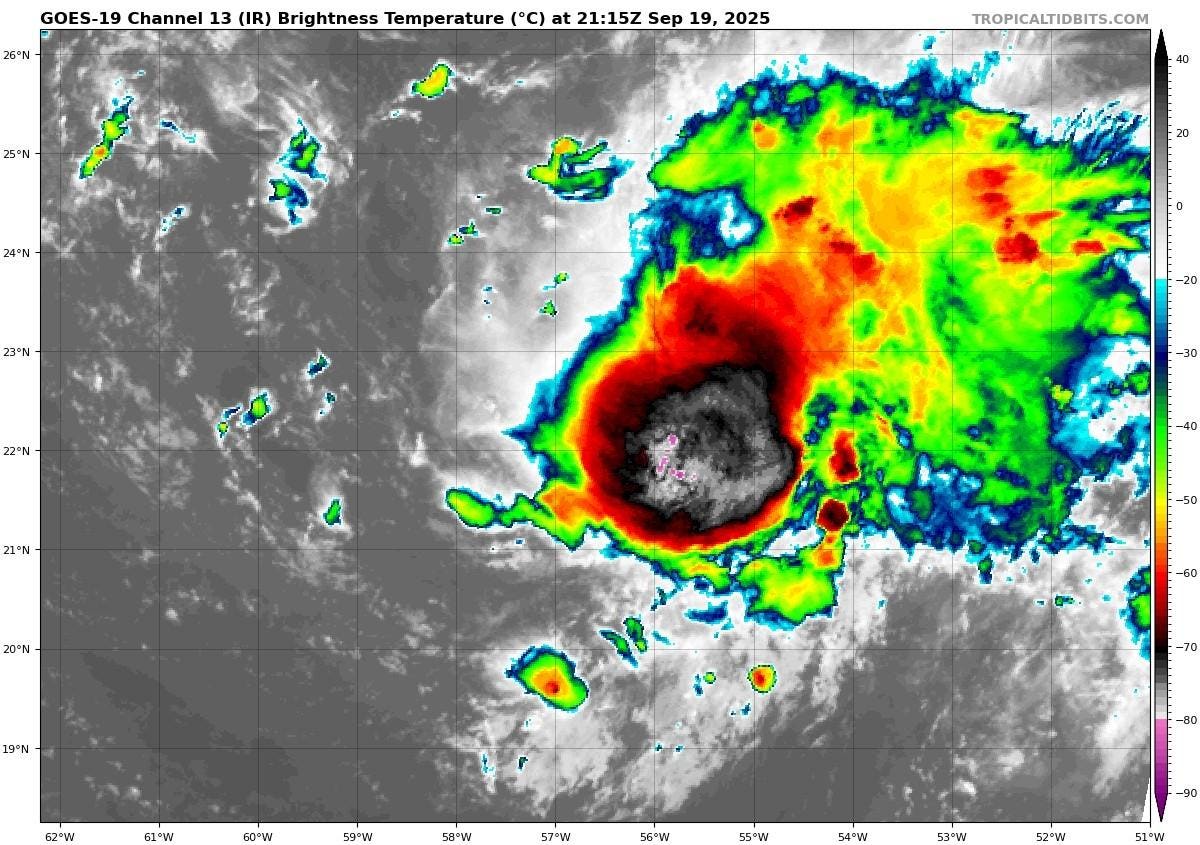From island extinctions to nationwide losses, feral and domestic cats have been reshaping … More
In the spring of 2019, a sanctuary in Mandurah, Western Australia became the scene of a quiet ecological collapse. After a successful nesting season drew over 200 endangered fairy terns, something began to go wrong.
Dead chicks started appearing in the morning. Adults vanished. And then came the tell-tale signs — cat tracks in the sand, decapitated carcasses and the shattered remains of nests across the colony.
A single white, desexed, uncollared cat had infiltrated the colony multiple times, triggering a full abandonment by season’s end.
In Australia, cats kill over a million birds every day, and the continent’s wildlife — having evolved without mammalian predators — is particularly vulnerable. Though this cat was ultimately euthanized, its impact illustrates a broader problem with a surprisingly precise origin.
Australia’s Feline Invasion Began As The First British Ships Reached The Shore
Cats were initially stowed aboard ships of the First Fleet to keep rat populations in check. When the ships reached Australian shores in 1788, they soon found a second career, embraced by settlers as handy pest controllers. Within decades, they were rural tools of convenience — deliberately released into fields and homesteads to manage rodent infestations and, later, rabbit outbreaks.
But this is a country with a long memory of ecological experiments gone awry.
Consider the cane toad. Introduced in 1935 to control beetles in Queensland’s sugarcane fields, it ignored its intended prey, multiplied at astonishing rates and devastated native wildlife with its toxic defenses. Today, Australia battles the legacy of that decision with nationwide culling events.
With cats, the problem was about to become a whole lot worse. By the 1860s, these felines were being introduced en masse into agricultural regions like Victoria and New South Wales. In 1864, a mass release near the Lachlan River aimed to curb a rat plague. By the 1880s, such releases were actively encouraged under government policies targeting invasive rabbits.
But the strategy backfired. By the late 19th century, reports were emerging of large, aggressive feral cats thriving in the bush, nesting in rabbit warrens and preying on native fauna.
Today, Australia is home to an estimated 7 to 11.2 million cats. They now cover more than 99% of the continent, from deserts to alpine zones, and have adapted to almost every terrain. What began as a stowaway species has grown into an ecological juggernaut.
Cats Are The Costliest Invasive Predators Down Under
The numbers are staggering, and yet, they barely capture the scale of damage. In Australia, domestic and feral cats kill over 1 million birds, 1.67 million reptiles and nearly 3 million mammals every single day, according to a March 2022 study published in Diversity and Distributions.
Since colonization, cats have been directly linked to the extinction of at least 27 native species, including the paradise parrot and the pig-footed bandicoot, and today, they threaten more than 120 others.
Ground-nesting birds, marsupials in the “critical weight range” and even reptiles face relentless predation. And while foxes, habitat loss and fire all play their part, it’s cats that conservation biologists consider the single most damaging invasive animal on the continent.
Stealth, speed, and precision — cats are wired by evolution to be near-perfect hunters.
This destruction also comes with a massive cost. Australia has spent over A$18.7 billion a year in cat-related management costs since 1960, more than for any other invasive species. That includes aerial shooting, baiting campaigns, exclusion fencing and detection dogs. And still, cats occupy 99.9% of the country.
Australia’s isolation once made it a sanctuary for unique life. But the same traits that shaped its biodiversity — naïve prey, low predator exposure, limited defense mechanisms — now make that life extraordinarily easy to destroy.
Even A Single Cat Can Devastate Entire Ecosystems
And it’s not just the Mandurah massacre where this was observed. Last year, along the Clarence River in New Zealand’s South Island, a lone feral cat was recorded over three nights systematically destroying 95 nests of black-fronted terns.
From 180 birds at the start of the season, only 20 remained after the attack. The entire season’s breeding effort was wiped out in less than a week.
But the most sobering cautionary tale comes from 1894, when a lighthouse keeper’s pet cat named Tibbles was introduced to Stephens Island in New Zealand. Tibbles and her feral offspring swiftly exterminated the island’s endemic Lyall’s wren — a flightless, songbird that had evolved without mammalian predators. Within a year, the species was extinct.
Australia’s cat problem isn’t just numerical — it’s ecological. And while managing millions of cats is complex, the risk posed by even one, left unchecked, is enough to bring down a species.
While cats might be predatory to a number of species in Australia, we still share a powerful bond with our pet cats. How tuned in are you to your cat’s needs and behaviors? Find out now by taking this 2-minute Pet Personality Test.








